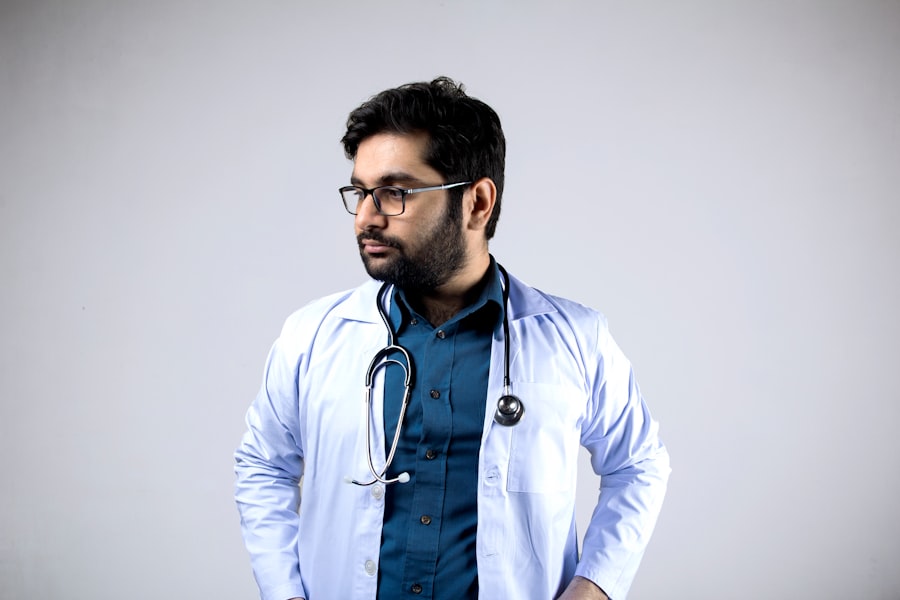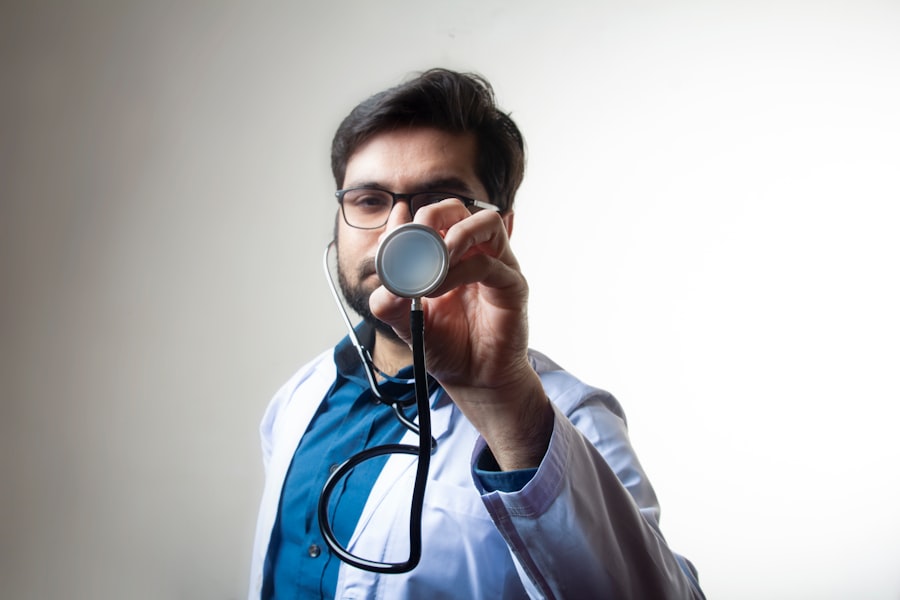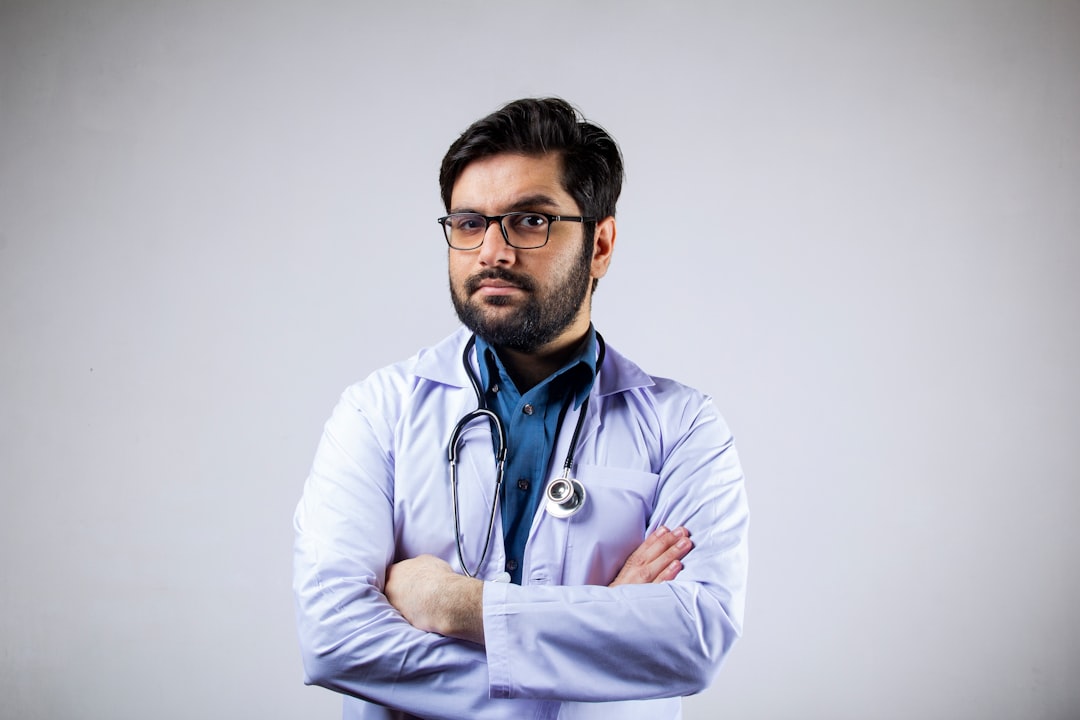The Norwegian healthcare system is renowned for its comprehensive and equitable approach to health services. Funded primarily through taxation, it ensures that all residents have access to necessary medical care without the burden of exorbitant costs. The system is structured around a public healthcare model, which means that the government plays a significant role in the provision and regulation of health services.
This model is designed to promote health equity, ensuring that everyone, regardless of their socio-economic status, can receive the medical attention they require. In Norway, healthcare services are delivered through a network of hospitals, clinics, and general practitioners (GPs). The system is decentralised, with local health authorities responsible for the administration of services in their respective regions.
This allows for a tailored approach to healthcare, addressing the specific needs of local populations. Additionally, Norway places a strong emphasis on preventive care, with various programmes aimed at promoting healthy lifestyles and early detection of diseases. This holistic approach not only improves individual health outcomes but also contributes to the overall efficiency of the healthcare system. Book your 1-hour strategy session with Norway Relocation Group.
Summary
- The Norwegian healthcare system is based on universal coverage and is funded through taxes, providing high-quality care to all residents.
- Eligibility for healthcare in Norway is primarily based on residency, with most residents being entitled to the same healthcare benefits as Norwegian citizens.
- To register for healthcare in Norway, residents must apply for a national identity number and then register with a general practitioner (GP) to access healthcare services.
- Medical treatment in Norway for foreigners can be costly, as they are typically required to pay for services upfront and then apply for reimbursement from the Norwegian Health Economics Administration (Helfo).
- Payment options for medical treatment in Norway include cash, credit/debit cards, and electronic payment methods, with some healthcare facilities also accepting foreign insurance policies.
Eligibility for Healthcare in Norway
Eligibility for healthcare in Norway is primarily determined by residency status. All citizens and legal residents are entitled to access the public healthcare system. This includes Norwegian nationals, foreign nationals with permanent residency, and those who have been granted asylum or refugee status.
Furthermore, individuals who are temporarily residing in Norway, such as students or workers from EU/EEA countries, may also be eligible for certain healthcare services, provided they meet specific criteria. For expatriates and foreign workers, it is essential to understand the nuances of eligibility. Those who are employed in Norway typically gain access to the healthcare system through their employer’s contributions to the National Insurance Scheme (NIS).
This scheme covers a wide range of health services, including hospital care, GP visits, and specialist consultations. However, it is crucial for newcomers to familiarise themselves with the registration process to ensure they can fully benefit from the services available.
How to Register for Healthcare in Norway

Registering for healthcare in Norway is a straightforward process that involves obtaining a personal identification number (personnummer) from the Norwegian Tax Administration. This number is essential for accessing various public services, including healthcare. To apply for a personnummer, individuals must provide documentation proving their identity and residency status, such as a passport and proof of employment or study.
Once registered, individuals will automatically be assigned a GP within their local health authority. It is advisable to choose a GP who speaks your preferred language or has experience working with expatriates to facilitate communication during medical consultations. After registration, patients can access a wide range of healthcare services, including preventive care, treatment for acute illnesses, and management of chronic conditions.
Cost of Medical Treatment in Norway for Foreigners
For foreigners residing in Norway, understanding the cost of medical treatment is crucial. While the public healthcare system provides extensive coverage, certain services may incur out-of-pocket expenses. For instance, GP visits typically require a co-payment, which can vary depending on the type of service provided.
However, these costs are generally lower than those found in many other countries, reflecting Norway’s commitment to accessible healthcare. Foreigners who are not covered by the National Insurance Scheme may face higher costs for medical treatment. It is essential for expatriates to be aware of these potential expenses and plan accordingly.
In some cases, private health insurance may be necessary to cover additional costs or services not included in the public system. Understanding these financial implications can help individuals make informed decisions about their healthcare options while living in Norway.
Payment Options for Medical Treatment in Norway
When it comes to paying for medical treatment in Norway, there are several options available to patients. For those covered by the National Insurance Scheme, co-payments can typically be settled directly at the clinic or hospital using various payment methods, including credit or debit cards. In most cases, patients will receive an invoice detailing the services rendered and any applicable charges.
For foreigners without access to the National Insurance Scheme, payment may need to be made upfront at private clinics or hospitals. It is advisable to inquire about payment methods accepted by the facility before seeking treatment. Many private providers accept international credit cards and may also offer payment plans for more extensive treatments.
Being aware of these options can alleviate some of the stress associated with unexpected medical expenses.
Applying for Reimbursement for Medical Expenses

In instances where individuals have incurred medical expenses that are eligible for reimbursement under their insurance policy or through the National Insurance Scheme, it is essential to understand the application process. For those covered by private health insurance, it is advisable to contact your insurance provider directly to obtain information on how to submit claims for reimbursement. For expatriates who have paid out-of-pocket expenses while accessing public healthcare services, reimbursement may be possible through the National Insurance Scheme if they meet specific criteria.
This typically involves submitting receipts and documentation detailing the services received. It is important to keep thorough records of all medical expenses incurred during your time in Norway to facilitate this process.
Private Health Insurance in Norway
While Norway’s public healthcare system offers extensive coverage, some individuals may opt for private health insurance to supplement their medical needs. Private insurance can provide quicker access to specialists and elective procedures that may have longer waiting times within the public system. Additionally, private health insurance often covers services that are not included in the public scheme, such as certain alternative therapies or dental care.
When considering private health insurance in Norway, it is essential to compare different policies and providers carefully. Factors such as coverage limits, waiting periods, and exclusions should be taken into account when selecting a plan that best suits your needs. Many expatriates find that having private insurance provides peace of mind and greater flexibility when it comes to managing their healthcare.
Accessing Emergency Medical Treatment in Norway
In emergencies, accessing medical treatment in Norway is straightforward and efficient. The country has a well-established emergency response system that ensures prompt care for those in need. In life-threatening situations or severe injuries, individuals should call 113 for immediate assistance from emergency services.
For non-life-threatening emergencies requiring urgent care, individuals can visit their nearest emergency department (akuttmottak) at a hospital. It is important to note that while emergency treatment is available to all residents and visitors, those without coverage under the National Insurance Scheme may be required to pay for services rendered at emergency departments. Therefore, having appropriate insurance coverage or being prepared for potential costs is advisable when seeking emergency care.
Prescription Medication Costs in Norway
Prescription medication costs in Norway are generally subsidised by the government; however, patients are still responsible for a portion of these expenses. The price of medications can vary significantly depending on whether they are generic or brand-name drugs. Patients typically pay a co-payment at the pharmacy when collecting their prescriptions.
For those covered by the National Insurance Scheme, there is a maximum limit on out-of-pocket expenses for prescription medications within a calendar year. Once this threshold is reached, patients will no longer need to pay for medications for the remainder of the year. It is essential for individuals to keep track of their medication expenses throughout the year to take full advantage of this benefit.
Dental and Optical Care Costs in Norway
Dental and optical care costs in Norway differ from general medical treatment costs due to limited coverage under the public healthcare system. While children under 18 receive free dental check-ups and treatment through public dental clinics, adults typically must pay out-of-pocket for dental services. The costs can vary widely depending on the type of treatment required; routine check-ups are generally more affordable than complex procedures such as root canals or crowns.
Similarly, optical care is not fully covered by the public system; however, some subsidies may apply for specific groups such as children or individuals with certain medical conditions. Patients should expect to pay for eye examinations and corrective lenses upfront unless they have private insurance that covers these costs. Understanding these financial responsibilities can help individuals budget effectively for dental and optical care while living in Norway.
Tips for Managing Medical Expenses in Norway
Managing medical expenses in Norway requires careful planning and awareness of available resources. One effective strategy is to maintain comprehensive health insurance coverage that aligns with your needs and lifestyle. Whether opting for public coverage through the National Insurance Scheme or private insurance plans, ensuring adequate protection against unexpected medical costs can alleviate financial stress.
Additionally, keeping detailed records of all medical expenses incurred throughout the year can help individuals track their spending and identify opportunities for reimbursement where applicable. Familiarising oneself with local healthcare providers and understanding their billing practices can also aid in navigating potential costs more effectively. For those looking to improve their Norwegian language skills while navigating the healthcare system or simply wishing to immerse themselves further into Norwegian culture, enrolling in courses at NLS Norwegian Language School can be immensely beneficial.
The school offers tailored programmes designed specifically for expatriates and foreigners seeking to enhance their language proficiency while gaining insights into Norwegian society and its systems—including healthcare—making it an invaluable resource during your stay in Norway.
Speak Norwegian with confidence. Enroll in a class at the NLS Norwegian Language School now.

